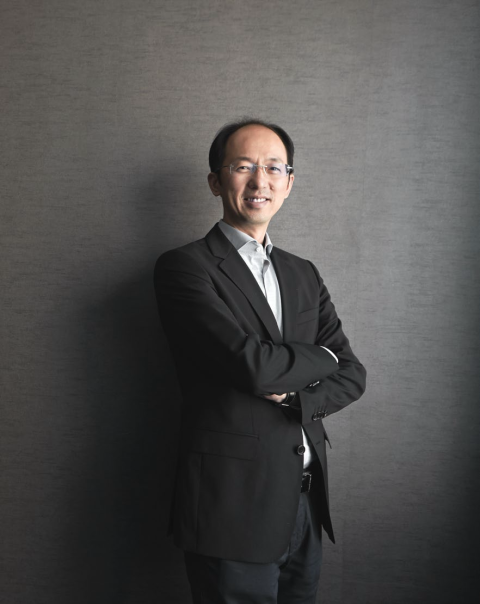Rex Lee, apac general manager, asus (systems sales group)


Rex Lee, apac general manager, asus (systems sales group).

How would you describe the current state of the PC market in Asia?
Emerging markets in Asia have seen good year-on-year growth, even if there have been recent signs of decline. There is really a huge amount of untapped potential in these markets. We are also seeing changes in how consumers are using PCs. PCs had a lot of functions before, where we used them to do everything from productivity-related tasks to gaming and watching videos.
However, with the rise of new form factors like tablets, ultrabooks, and 2-in-1 hybrids, we now consume our entertainment on these devices. The traditional PC now deals primarily with productivity tasks, and it is the high-end gaming PC market that continues to see growth. Because of the proliferation of so many different devices, we are essentially seeing a divergence of various functions.
What do you make of the trend toward smaller and more powerful PCs through innovations like external GPU enclosures?
As technology advances, we will inevitably see more compact form factors. However, we may not see the combination of compact notebooks and external graphics enclosures replace gaming desktops for mainstream users. One way of looking at this is to think about the three-spindle design – internal hard drive, optical drive, and floppy drive – on older laptops. This eventually evolved into the two-spindle design with the removal of floppy drives, and now most notebooks only have a built-in SSD.
But in the transition period, there were people who still preferred to have an integrated ODD because they found it cumbersome to have to connect an external drive. Similarly, users may find it inconvenient to have to hook up a graphics dock, so it will probably not catch on just yet.
Do you see desktops and traditional PC form factors being replaced by the likes of 2-in-1 hybrid devices?
I believe productivity requirements will ensure that there is still demand for more conventional PCs with full-sized keyboards and the like. More and more novel form factors will definitely be introduced over the years, but for now at least, there is no replacing the PC for productivity applications.
How does ASUS keep up in a competitive market?
As a technology company, we were previously very focused on hardware specifications. But as design became more important to consumers, we adopted what we call a “design-syncing” process where we focus on finding a balance between specifications, design, and price. One example of this would be our ZenBook notebooks. Now, we work with the overall end-user experience in mind as we try to create products that take into consideration different aspects of the user’s decision-making process. We also have the benefit of an immensely passionate engineering team that constantly strives to innovate.
Is there something about the Asian market that has allowed ASUS to enjoy such a strong position?
Southeast Asia, and the greater Asia region in general, has a very different retail channel structure from, say, the US and Australia. In those countries, major retailers like Best Buy and JB Hi-Fi dominate the market. On the other hand, this is not the case in Asia and smaller resellers have more room to operate. This means that we have more retail channels through which to showcase our products and also makes it a lot easier to differentiate ourselves from other brands. That’s because big retailers can normally dictate what products to display, but we have greater freedom to decide when it comes to independent resellers. In a word, Asia is paradise for us!























